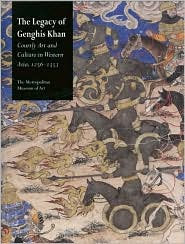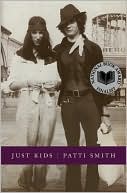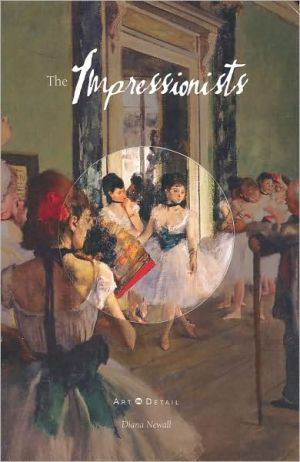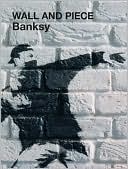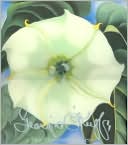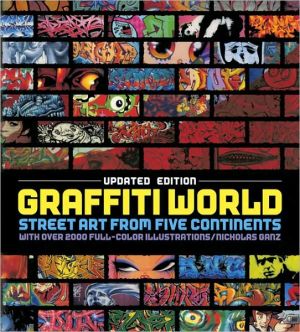The Legacy of Genghis Khan: Courtly Art and Culture in Western Asia, 1256-1353
"Under the leadership of Genghis Khan, nomadic horsemen burst out of Mongolia in the thirteenth century and began their sweep across Asia, creating the largest empire the world has ever known. Particularly in Iran and China, the results were far-reaching: the Mongols imposed enormous changes but at the same time were profoundly influenced by the highly developed civilizations of their new subjects. Greater Iran was ruled for a century (1256-1353) by the Mongol dynasty known as the Ilkhanids....
Search in google:
Komaroff (curator of Islamic Art, Los Angeles County Museum of Art) and Carboni (curator of Islamic Art, Metropolitan Museum of Art) produced this fine catalog to accompany a major show of Ilkhanid (as the Mongol dynasty was called after conversion to Islam) art exhibited at the authors' museums in New York and Los Angeles in 2002-2003. Most of the manuscripts, metalwork, textiles, ceramics, and other finely decorated objects were created in Iran. Many objects are also included from the Yuan Dynasty in China, during which the Mongols ruled. Eight full-length essays are built around the objects of the exhibition and other works, all depicted in color. The essays describe the history, culture, courtly life, artistic exchanges, religious art, arts of the book, and creation of a new visual language. Distributed by Yale U. Press. Annotation c. Book News, Inc.,Portland, ORPublishers WeeklyPublished in association with New York's Metropolitan Museum of Art, this exhibition catalogue for a show currently at the Met (and to be mounted in Los Angeles this spring) offers 280 illustrations (200 in full color) of the cultural explosion that paradoxically took place after the brutal Mongol conquest of the Islamic world. Komaroff, curator of Islamic art and department head of ancient and Islamic art at the Los Angeles County Museum of Art, and Carboni, the Met's associate curator of Islamic art, have assembled eight illustrated essays from various scholars, detailing not only the art, but what life was like in "Ilkhanid" (or "subject to Khan") lands. Glorious full-page manuscript plates like King Kayd of Hind Recounting His Dream to Mihran from the Great Mongol Shahnama ("Book of Kings") show colors and spatial conceptions very different from Medieval Christian art. Tilework, architectural plans, tapestry, metalwork, lacquered pieces and much more material culture round things out beautifully, though the book's layout can make it seem like standard, somewhat stodgy catalogue fare. While the Mongol conquest did mean the end of parts of the flourishing, formerly Turkish-ruled patchwork empire's culture, this book and exhibit make a historically downplayed "legacy" come to life. (Nov. 28) Copyright 2003 Cahners Business Information.
Directors' ForewordAcknowledgmentsLenders to the ExhibitionContributors to the CatalogueNotes to the ReaderIntroduction: On the Eve of the Mongol Conquest21The Mongols and Their Legacy122The Mongols in Iran363A Note on Artistic Exchanges in the Mongol Empire624Ilkhanid Courtly Life745The Religious Art of the Ilkhanids1046The Arts of the Book in Ilkhanid Iran1347The Transmission and Dissemination of a New Visual Language1688Synthesis: Continuity and Innovation in Ilkhanid Art196Technical Study 1: Close Examination of Leaves from the Great Mongol Shahnama226Technical Study 2: The Glazed Press-Molded Tiles of Takht-i Sulaiman233Catalogue243Bibliography289Index309Photograph Credits322
\ Publishers WeeklyPublished in association with New York's Metropolitan Museum of Art, this exhibition catalogue for a show currently at the Met (and to be mounted in Los Angeles this spring) offers 280 illustrations (200 in full color) of the cultural explosion that paradoxically took place after the brutal Mongol conquest of the Islamic world. Komaroff, curator of Islamic art and department head of ancient and Islamic art at the Los Angeles County Museum of Art, and Carboni, the Met's associate curator of Islamic art, have assembled eight illustrated essays from various scholars, detailing not only the art, but what life was like in "Ilkhanid" (or "subject to Khan") lands. Glorious full-page manuscript plates like King Kayd of Hind Recounting His Dream to Mihran from the Great Mongol Shahnama ("Book of Kings") show colors and spatial conceptions very different from Medieval Christian art. Tilework, architectural plans, tapestry, metalwork, lacquered pieces and much more material culture round things out beautifully, though the book's layout can make it seem like standard, somewhat stodgy catalogue fare. While the Mongol conquest did mean the end of parts of the flourishing, formerly Turkish-ruled patchwork empire's culture, this book and exhibit make a historically downplayed "legacy" come to life. (Nov. 28) Copyright 2003 Cahners Business Information.\ \ \ \ \ Library JournalSo you thought Genghis Khan was a rapacious warlord who swept down out of Mongolia and captured half the known world in a particularly bloody manner? That is indeed true, but there is another side of the Mongolian Conquest-the thoughtful, artistic side. Genghis Khan's grandsons Khubilai and Hulegu ruled, respectively, China and Persia, and in the period cited (1256-1353) those two civilizations created artistic works of lasting beauty. Crediting the Mongols for the enduring achievements of China and Persia may be akin to crediting Richard Nixon with the birth of the personal computer because some guys in Palo Alto were inventing it during his administration. Still, the title is catchier than the rather more accurate Massive Book of Beautiful Things from the Ilkhanid Dynasty. Insubstantiality of thesis aside, this is a fine catalog of the painting, metalwork, and ceramics of the Persians under the Ilkhanid (Mongolian) dynasty. The book, accompanying an exhibit at the Metropolitan Museum of Art that will move to the Los Angeles County Museum of Art (April 13 to July 27), is beautifully printed and illustrated with more than 200 reproductions and offers a scholarly text edited by Met and LACMA curators. Though it is not the only book available on Persian art (see also Eleanor Sims's Peerless Images and Vladimir Loukonine's Lost Treasures of Persia), it is the only one to focus so tightly on the influence of the Mongolian overlords on the indigenous Persian craftsmen of the period. For larger public and academic libraries.-David McClelland, Philadelphia Copyright 2003 Reed Business Information.\ \
